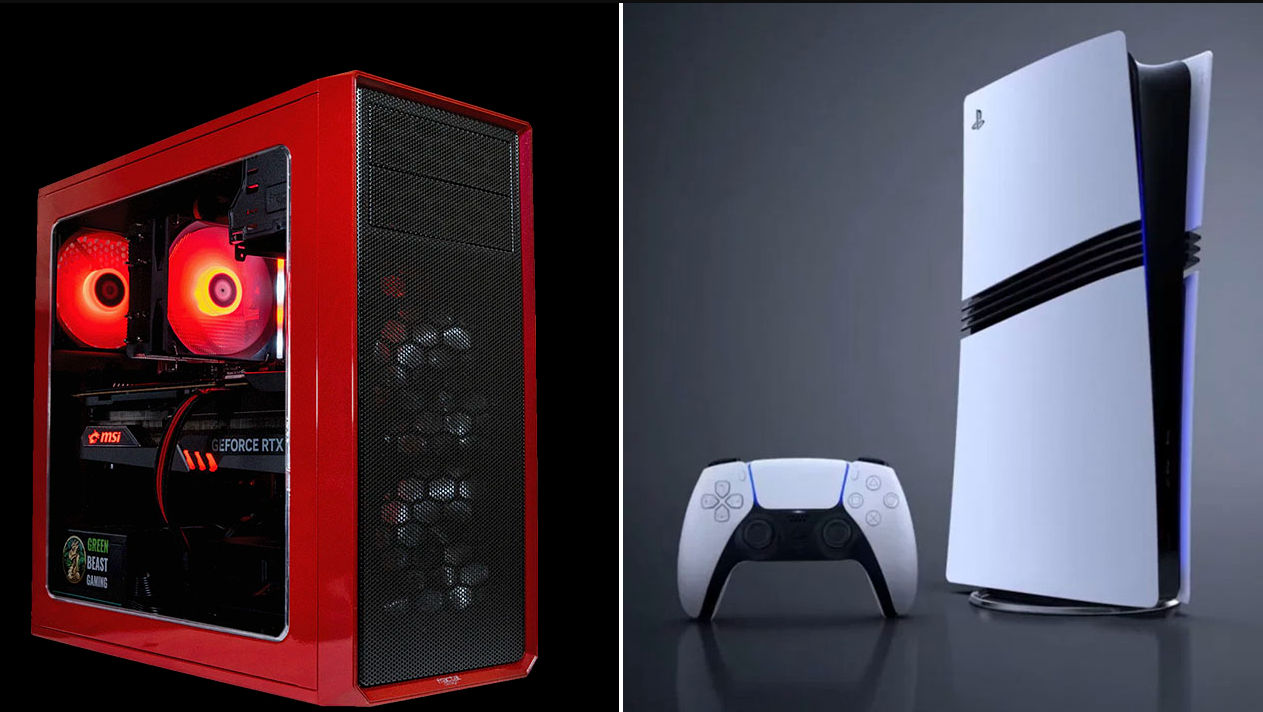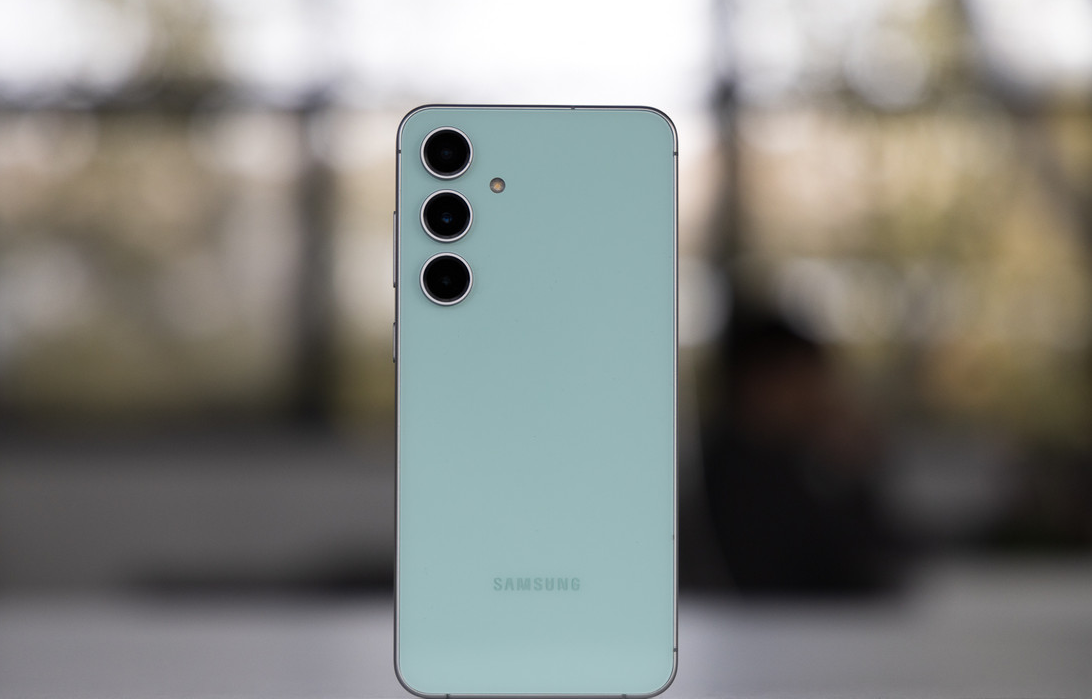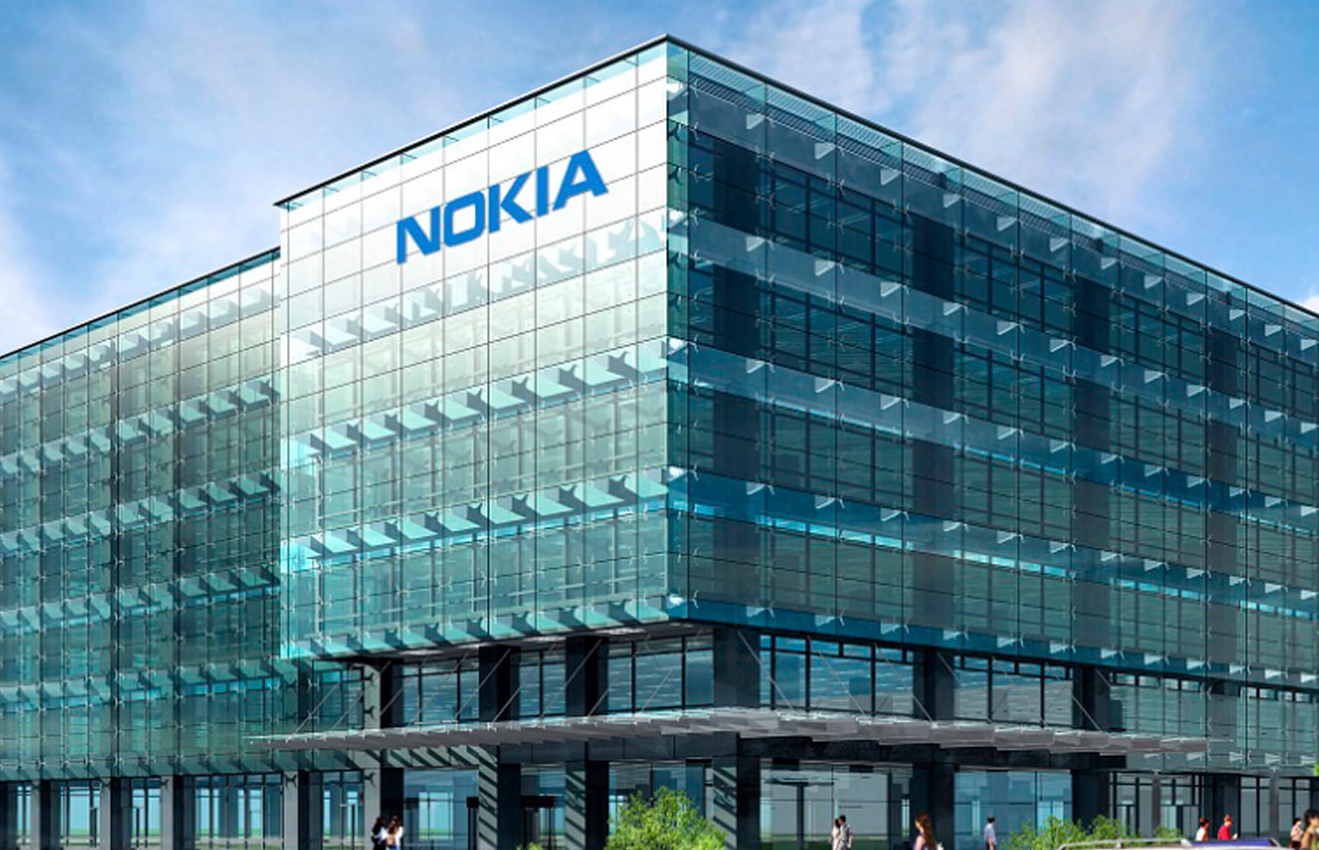A new era has dawned in the world of home entertainment – the era of 8K television. This transition isn’t just the next step after 4K; it’s a giant leap in picture quality that promises to redefine our perception of realism and detail on screen. But what exactly is 8K TV, and why is it important to the future of TV and video content? Let’s dive into the world of ultra-high resolutions to find out.
What is 8K Resolution?
8K resolution is a display format that has approximately 8000 pixels horizontally, 7680×4320 pixels to be exact, which is four times larger than 4K (3840×2160 pixels) and sixteen times larger than Full HD (1920×1080 pixels). This means that an 8K TV screen offers incredibly fine detail, extremely realistic textures and deep picture clarity that would be unattainable on lower resolution TVs.
Why 8K?
Unrivalled Detail and Realism
The biggest appeal of 8K lies in its ability to reproduce images with astonishing detail and realism. This opens up new possibilities for filmmakers, video producers and game developers, allowing them to create visual experiences that are more immersive to the viewer’s content.
Technological Progress
The development of 8K also symbolises significant technological advances, including better image processors, more efficient encoding and data transmission, and improved screen technologies. These innovations not only improve image quality, but also facilitate the development of related technologies such as virtual reality and augmented reality.
Improved Display Technologies
8K TVs not only increase picture resolution, but also bring revolutionary improvements to display technologies such as HDR (High Dynamic Range), which delivers brighter whites and deeper blacks, improving contrast and colour palette. These technologies work together to make the image on the screen more realistic and visually stunning.
Intelligent Upscaling
The advanced upscaling algorithms used in 8K TV can improve the quality of lower resolution images, making them sharper and more detailed on 8K screens. This means that even content not shot in 8K can look significantly better thanks to intelligent image processing technologies.
Advanced Connections
To support the high bandwidth required for 8K video, TVs are equipped with the latest connectivity standards such as HDMI 2.1. This enables high-speed data transmission, which is critical for playing 8K content without loss of quality.
Game Features
8K TVs also open up new possibilities for gamers, offering incredibly detailed and smooth images in games that support 8K resolution. With reduced response times and support for technologies such as VRR (Variable Refresh Rate), games become more realistic and immersive.
The Future of Content
While content in 8K is still limited at the moment, more and more content producers and creators are turning their attention to this resolution. Films, sports broadcasts and documentaries shot in 8K are beginning to appear, promising viewers an even more impressive visual experience. In addition, advances in video capture and processing technologies are fuelling the creation of content in 8K, making it more accessible to a wider audience.
Should You Buy an 8K TV: Reflections Before You Buy
When considering the purchase of an 8K TV, it’s important to weigh a number of key factors that will help determine if this cutting-edge technology is worth investing in now. Here are a few aspects to consider:
Content availability
Currently, content shot natively in 8K is limited. While upscaling technologies greatly improve the quality of lower resolution images, the full power of 8K can only be truly experienced with content shot or created specifically for this resolution. The amount of such content is predicted to increase over time, but initially it may not be enough to justify a purchase.
Technological Readiness
8K technologies are at the forefront of modern advances in TVs, including upscaling, HDR, and colour enhancement. However, as with any new technology, entry-level models can be more expensive and less optimised compared to more mature 4K models. It’s important to consider how important the latest innovations are to you compared to the value for money of more established technologies.
Price
Prices for 8K TVs are significantly higher than their 4K counterparts. Investing in 8K technology is an investment in the future, given that prices will come down over time and the available content and technological improvements will continue to grow. However, it’s important to assess whether you’re willing to pay a premium for a technology that hasn’t yet reached its full potential.
Your Needs and Preferences
Consider how you plan to use the TV. If you’re a high-quality picture enthusiast, a gamer with the latest generation of consoles that support 8K, or just want a technologically ready for the future TV, 8K may prove to be a valuable investment. For regular TV viewing, 4K movies and less demanding uses, the difference may be less noticeable.
8K TV is not just the next stage in the evolution of screen resolution; it is a comprehensive innovation that includes improved display technologies, advanced image processing techniques and new connectivity standards. These devices offer consumers unprecedented levels of detail and realism, opening the door to a future where the boundaries between the real and virtual worlds are increasingly blurred. With increasing content availability and continued technological innovation, 8K TVs promise to redefine our home entertainment experience, offering a spectacle that previously seemed impossible.
Find out all about the impressive ultra-high resolution, amazing detail and realistic picture capabilities that 8K technology offers on our reBITme.com. Get cashback, invest in the future and enjoy every moment of your viewing experience with 8K TV.




